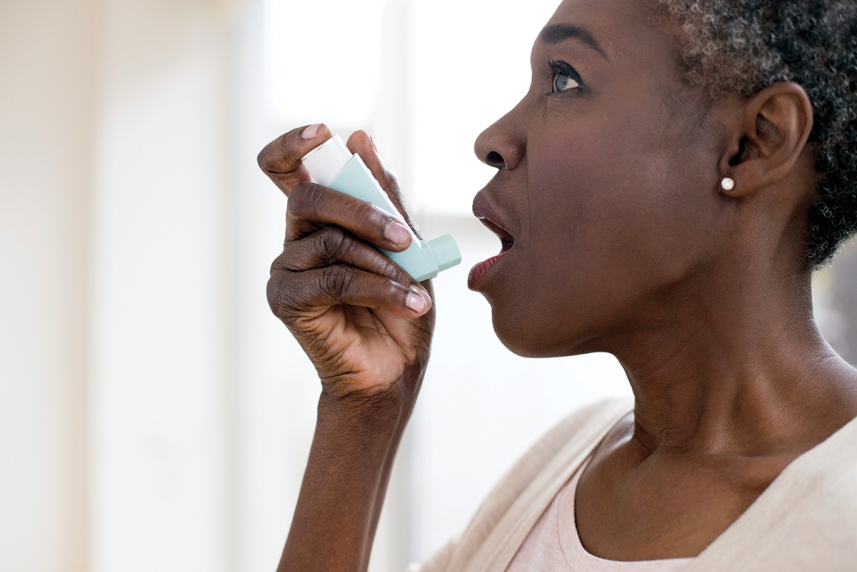What to Do After Recovering from an Asthma Attack
Recovery doesn’t stop once your breathing returns to normal.

Recovering from an asthma attack isn’t just about getting past the episode. It’s about making changes to help prevent the next one. With careful management, you can stay in control and breathe easier. Here's what to do.
Immediately after an asthma attack
Once your breathing is under control be sure to:
Rest and monitor symptoms. Your airways may still be inflamed, so take it easy and keep track of any lingering wheezing, shortness of breath, or chest tightness.
Take “rescue” medicines as directed. If your doctor has recommended a rescue inhaler or a short course of oral steroids, follow their instructions.
Avoid triggers. Identify what might have set off the attack and take precautions to avoid it.
In the days and weeks after an asthma attack
These steps can help you take a proactive approach to managing your asthma:
Review and adjust your treatment plan. If you had an attack despite taking your usual medication, your doctor may decide to adjust your medications or update your asthma action plan.
Keep up with long-term control medications. If you have a prescription for daily inhaled corticosteroids or other long-term treatments, don’t skip doses.
Take preventive steps. Get vaccinated against respiratory infections, manage allergies, and follow a healthy lifestyle to keep lungs strong.




